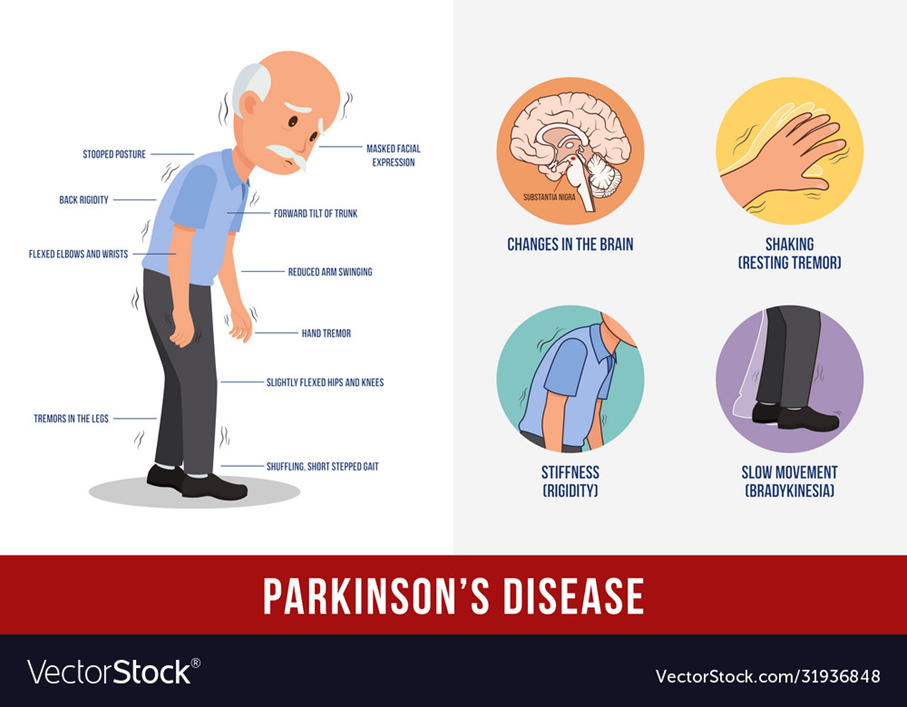Ph.D. Candidate: Sabri Can Ölçek
Program: Medical Informatics
Date: 07.04.2023 / 11:00
Place: A-212
Abstract: Parkinson’s disease (PD) is a neurodegenerative disorder characterized by both motor and non- motor symptoms. According to the Parkinson’s Foundation, every year more than 50000 people are diagnosed and this number is increasing every year rapidly. Parkinson’s is described by the five cardinal symptoms which are tremor, rigidity, bradykinesia, gait-postural instability, and bulbar anomalies. The four-scale scoring system called Unified Parkinson’s Disease Rating Scale (UPDRS) is the most common tool used in symptom assessment. UPDRS III is the subsection targeting the motor symptoms and is based on the observations of the clinicians.
Since the clinical assessment method is based on the visual observation and a four scale scoring, it is highly likely that the scores of two physicians differ. In fact, during multiple studies, it is observed that the scores can be biased to the dominant symptom. Furthermore, this system requires that the physicians to conduct the measurements themselves. A disease such as PD needs frequent dosage adjustments and long-term continuous monitoring.
Thus, it is important to have a repeatable, quantifiable method not just to evaluate the patient’s condition but to even detect the subtle changes. Beside Tremor, Bradykinesia is one of the main features of Parkinsons Disease which is especially used to determine stage of the disease. The bradykinesia with rigidity can seriously hinder the patient’s movements as a result, the quality of their life. The traditional assessment methods are mostly based on human observations such as counting the number of touches made between thumb and index finger. There are many studies focusing on these traditional tasks to measure bradykinesia by using various devices such as accelerometers, gyroscopes, and custom-built wearables. However, there is a lack of simple devices and methods that can be repeated even at home by the patient himself.
In this study, by using facial images and EMG recordings, a novel assessment method based on computation will be developed. The method to be developed will be quantified, repeatable, and easy to run autonomously on a regular computer or device.
